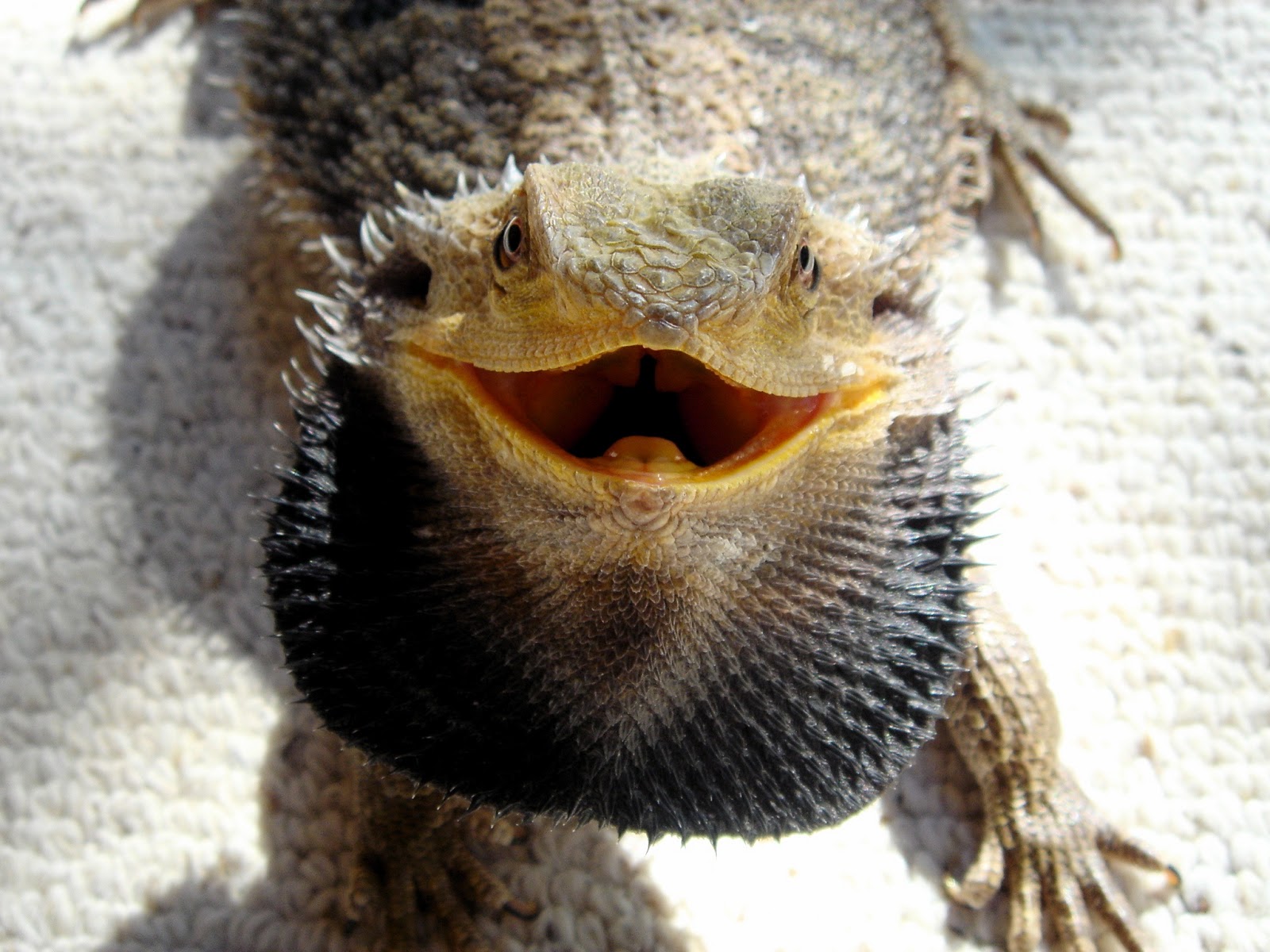The Ultimate Guide to the Anatomy of a Bearded Dragon: A Beginner's Guide
Introduction
Bearded dragons are incredible animals that make great pets. They are friendly, docile, and relatively easy to care for, which makes them an excellent choice for beginners. One of the most important things you can do as a bearded dragon owner is to learn about their anatomy. Knowing their anatomy will help you understand their body language, health, and behavior. In this guide, we will go over everything you need to know about the anatomy of a bearded dragon.
External Anatomy
Let’s start with the external anatomy of a bearded dragon.

Head
The head of a bearded dragon is one of its most distinctive features. It is triangular in shape and is covered in scales. Bearded dragons get their name from the spines under their chin, which resemble a beard when they puff it out.

Eyes
Bearded dragons have large, round eyes located on either side of their head. They are excellent at detecting motion and can see well in both bright and dim light.

Limbs
Bearded dragons have four limbs, each with five toes. Their front legs are shorter than their back legs, and both sets of limbs have sharp claws that are used for climbing and digging.

Tail
The tail of a bearded dragon is thick at the base and tapers to a point. It is covered in scales and is used for balance, communication, and fat storage.

Internal Anatomy
Now let’s take a look at the internal anatomy of a bearded dragon.

Digestive System
Bearded dragons are omnivorous and have a relatively short digestive system. The food they eat passes through their mouth, esophagus, stomach, small intestine, and large intestine before being excreted as waste.

Respiratory System
Bearded dragons breathe through their nostrils, and their respiratory system consists of lungs and air sacs. Their lungs are small, and they use air sacs to store and pump air through their body.

Cardiovascular System
Bearded dragons have a closed circulatory system, which means their blood is contained within blood vessels. They have a four-chambered heart that pumps oxygenated blood throughout their body and deoxygenated blood to their lungs for oxygenation.
Conclusion
Knowing the anatomy of a bearded dragon is essential for their care and health. By understanding their anatomy, you can identify any potential health problems and provide the appropriate care. Bearded dragons are fascinating animals, and learning about their anatomy is just one of the many ways to appreciate them.
